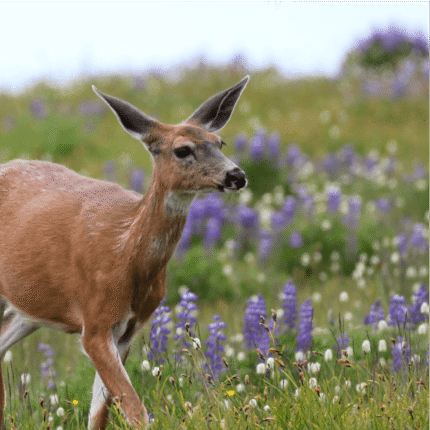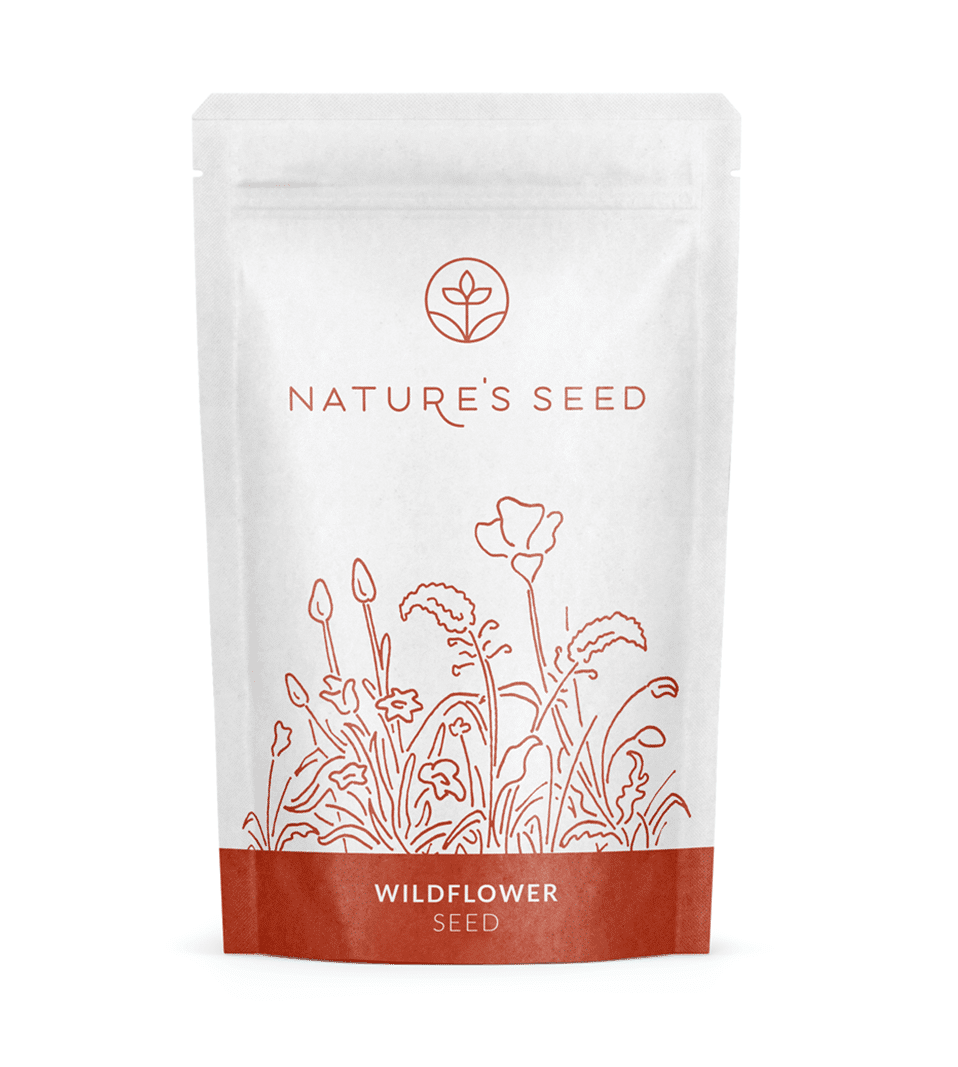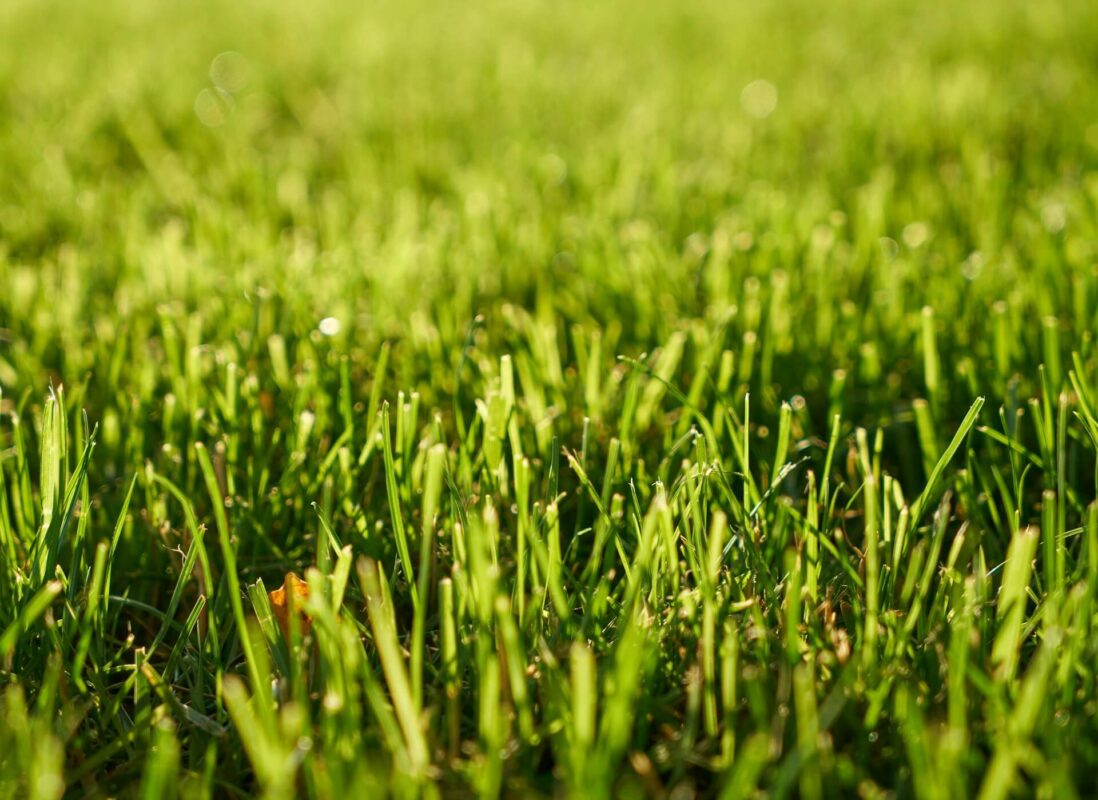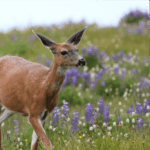
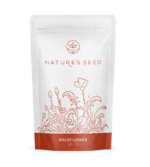
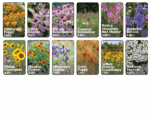
What is the Deer Resistant Wildflower Seed Mix?
Specifications
Sun Requirement
Full Sun
Soil Preference
Well-drained; not highly enriched
Soil pH
~5.0–9.0
Time to Maturity
~75–90 days for first blooms
Height when mature
6–60 inches (varies by species)
Seeding Rate
1 lb/2,000 Sq Ft
Planting Depth
Surface-sown or <0.25 inch deep
Deer Resistant Wildflower Seed Mix
SKU: WB-DR
Does This Product Grow Well in Your Region?
Check your region
$29.99 – $139.99Price range: $29.99 through $139.99
Why Choose This Seed?
What is in the Mix?

Resists Deer Browsing
Contains species that deer generally avoid eating, reducing the chance of your flowers being munched on. (Deer will usually leave these plants alone if other forage is available.)
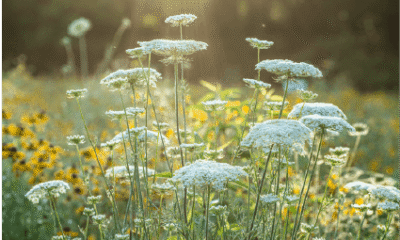
Season-Long Blooms
Delivers continuous color throughout the growing season, with a blend of early-blooming and late-blooming wildflowers for extended bloom time.
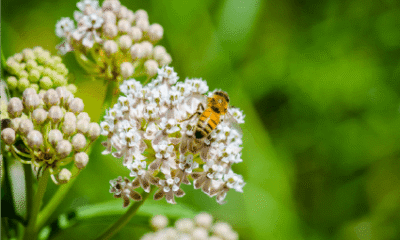
Annuals + Perennials
Combines fast-blooming annuals for first-year flowers with hardy perennials that establish and return each year, ensuring both immediate results and lasting blooms.

Pollinator Friendly
Attracts bees, butterflies, and other beneficial pollinators with nectar-rich, vibrant flowers – great for supporting local pollinator populations.
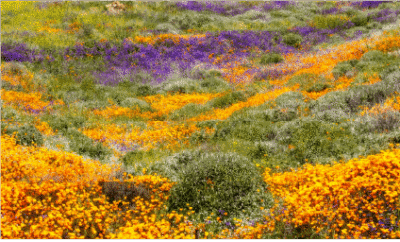
Adaptable Nationwide
Designed to flourish in a wide range of regions and climates across the US (approximately USDA Zones 2–8). Whether you’re in the North or South, this mix is very adaptable to local conditions.
What is in the Mix?
Seed Description
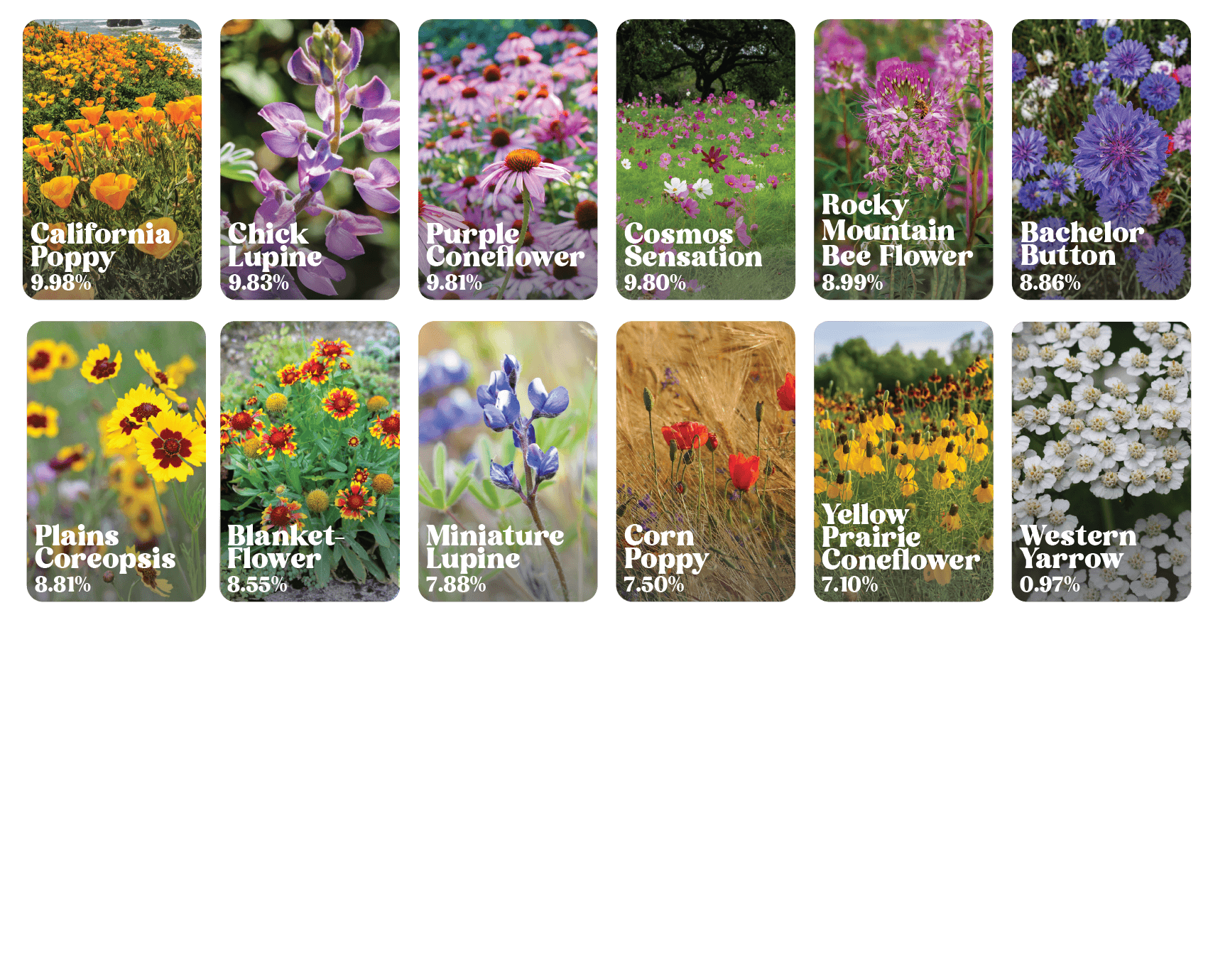
Product Details
Sun/Shade
Full sun to partial shade is best
Height
Approximately 6 inches up to 5 feet at maturity, depending on species
Seeding Rate
1lb/2,000 Sq Ft
Uses
Ideal for beautification projects and natural wildflower meadows. Great for pollinator gardens, mass plantings, cottage landscapes, and even cut flower use
Color
Multicolored mix – includes blooms in shades of blue, purple, pink, red, orange, yellow, and white
Water
Moderate water needs.
Native/Introduced
Emphasizes native US wildflower species (e.g. coneflower, lupine, yarrow), with some naturalized flowers included for variety.
Life Form
Mix of annuals and perennials (annuals bloom first year, perennials are long-lived and bloom in second year and beyond)
Planting Guide
Prepare the Site (Timing & Soil)
Plan to plant in spring after the last frost for best results (late summer/early fall planting is also possible in some areas with sufficient rainfall). Clear the area of any existing vegetation (weeds, grass, etc.) by pulling or tilling, and loosen the soil to create a clean, weed-free seedbed. Removing competition and cultivating the topsoil will help wildflower seeds germinate and establish successfully. (Optionally, you can incorporate a little compost into poor soil, but wildflowers generally do well even in unamended soil.)
Sow the Seeds Evenly
Scatter the wildflower seeds uniformly over the prepared soil surface – do not bury them. For very small seeds, it helps to mix them with dry sand (about 8 parts sand to 1 part seed) to distribute them more evenly and see where you’ve spread them. If planting a large area, you may use a seed spreader; for small areas, hand broadcasting works fine. Aim for an even, thin layer of seeds across the whole plot.
Press, Don’t Bury
After sowing, ensure good seed-to-soil contact by pressing the seeds gently into the soil. You can do this by walking over the area or using a roller or a piece of plywood – this presses seeds in without covering them too deeply. Do not rake soil over the seeds or bury them; wildflower seeds should be at or very near the surface (many need light to germinate). A proper planting depth is shallow – typically no more than about 1/4 inch of soil coverage. Seeing a few seeds still on the surface is okay and usually means you’ve achieved the correct depth.
Water and Maintain Moisture
After planting, water the area thoroughly with a gentle sprinkle. Then keep the soil consistently moist during the germination period and early growth. This may require watering lightly every day or two (avoid letting the seedbed dry out). Continue this until seedlings are well-established – generally until they reach about 4–6 inches tall, which can take around 4–6 weeks. Once the young wildflowers are ~6 inches high, they can develop deeper roots; at that point, you can taper off watering. Established wildflowers require minimal watering and will tolerate dry spells, as they naturally thrive in low-water conditions. (Avoid overwatering, as too much moisture can encourage weeds or rot the seeds.)
Questions & Answers
When is the best time to plant the Deer Resistant Wildflower Mix?
The ideal time to sow this wildflower mix is in spring, after the danger of frost has passed. This ensures the seeds germinate in warming soil and have the whole growing season ahead. In some regions, you can also plant in late summer or early fall – especially in dry climates – so seeds lie dormant over winter and sprout with winter/spring moisture
How do I plant these wildflower seeds?
Prepare a clean seedbed by removing weeds and loosening the topsoil. Then broadcast the seeds evenly on the soil surface – do not cover them deeply. You can gently rake or press the seeds into the soil for good contact, but leave them near the surface (wildflower seeds should not be buried more than about 1/4 inch). After sowing, water the area and keep it moist until the seeds germinate and the seedlings grow a few inches tall. (Refer to the detailed 4-step planting guide above for more tips.)
Will these wildflowers come back every year?
Yes. This mix contains a combination of annual and perennial wildflowers. The annuals will sprout and bloom in the first year (and some may drop seed to re-seed themselves for the next season), while the perennials will typically establish foliage the first year and bloom from the second year onward, returning each year from their root systems. So you get quick color in the first season and perennial flowers that return in subsequent years.
Are these wildflowers truly “deer-proof”?
They are best described as deer-resistant, not deer-proof. The species in this mix are ones that deer tend to find unattractive – due to texture, taste, or scent – so deer will usually avoid eating them if other food sources are available. However, no plant is 100% deer-proof; a very hungry deer (or in times of food scarcity) might still sample or nibble some of these flowers. Overall, you should see far less damage compared to more appetizing plants, but extreme conditions can lead to exceptions.
What regions or climates is this mix suitable for?
The Deer Resistant Wildflower Mix is designed to grow across a wide range of climates in the United States. It’s recommended for roughly USDA Hardiness Zones 2 through 8. That means it can handle cold northern winters and hot summers in many areas. It’s been successfully grown in the Northeast, Midwest, Mountain West, Pacific Northwest, and higher-elevation or northern parts of the South. (In very extreme climates like tropical zone 9–10 or extremely arid deserts, some species may not thrive, but for most of the country, this mix is a great choice.)
Will this wildflower mix attract bees and butterflies?
Yes! This mix is very pollinator-friendly. Many included flowers are rich in nectar and pollen and will attract bees, butterflies, and other beneficial pollinators to your planting. For example, blooms like purple coneflower, blanket flower, yarrow, and Rocky Mountain bee plant are known to be visited by butterflies and bees. Growing this wildflower blend not only provides you with beautiful blooms but also helps support local pollinators. (As a bonus, most of these flowers are also not attractive to deer, so you get a pollinator garden that the deer will likely ignore.)
Still have
questions?
Our planting experts
are here to help.
customercare@naturesseed.com
Response time:
Within 1 business day
Reviews
Our Deer Resistant Wildflower seed mix contains species that are resistant to deer and other wildlife, meaning that deer will normally avoid them if other food sources are available. However, if food sources are scarce even these normally avoided wildflowers may be browsed by deer. This mix contains wildflowers found throughout much of the United States, with both early and late blooming wildflowers for color through the growing season. This mix has been designed with an emphasis on native wildflowers, and is designed to be adaptable to a wide range of conditions within the geographic region shown on the distribution map.
| Dimensions | 6 in |
|---|---|
| Sun/Shade | |
| Est Rate | |
| Height | |
| Seeding Rate | |
| Uses | |
| Color | , , , , , , , , , , |
| Water | |
| Lowest price | |
| Coverage Area | , , |
Related Products
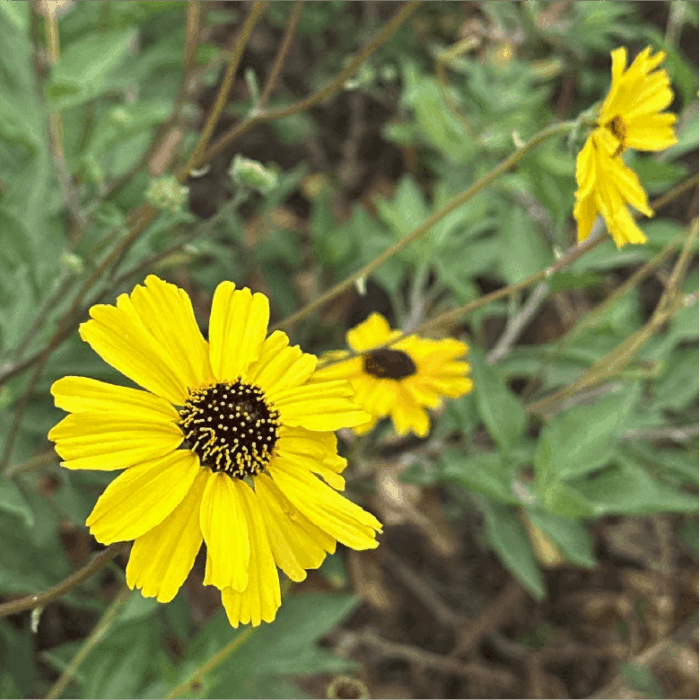
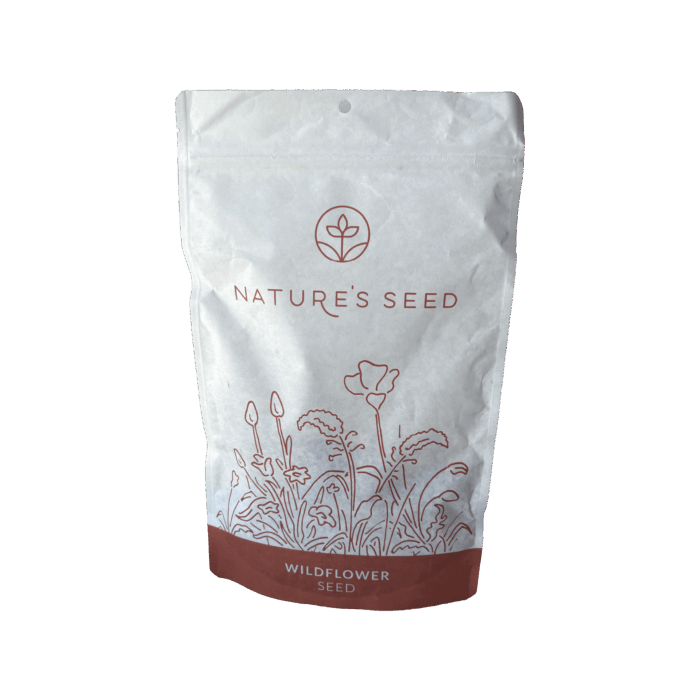
California Bush Sunflower
(4.7) - 145 reviews
$71.96/lb
Coastal restoration, dry shrub borders, slopes, pollinator habitats, low-water landscaping
Southern USDA Regions (8-10), Transitional USDA Regions (6-8)
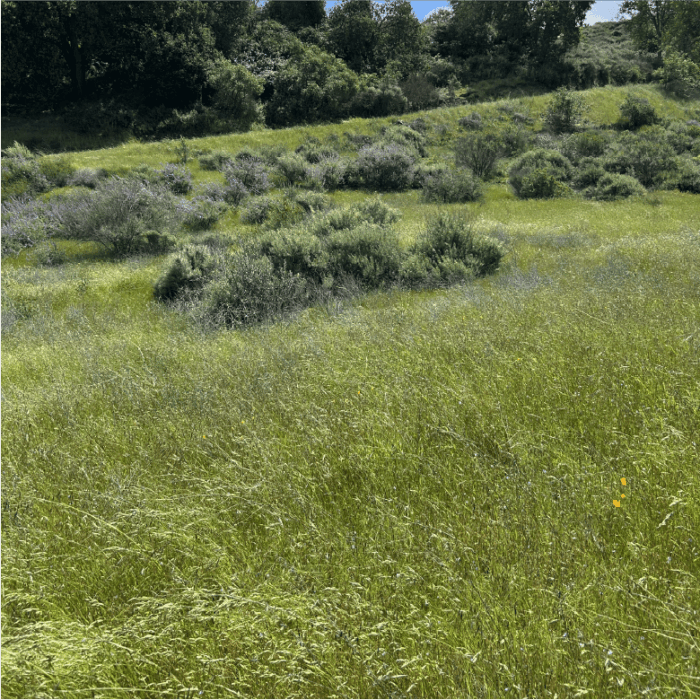

Coastal Sage Scrub Mix
(4.7) - 145 reviews
$65.98/lb
Xeriscaping, Wildlife Gardens, Ecological Restoration
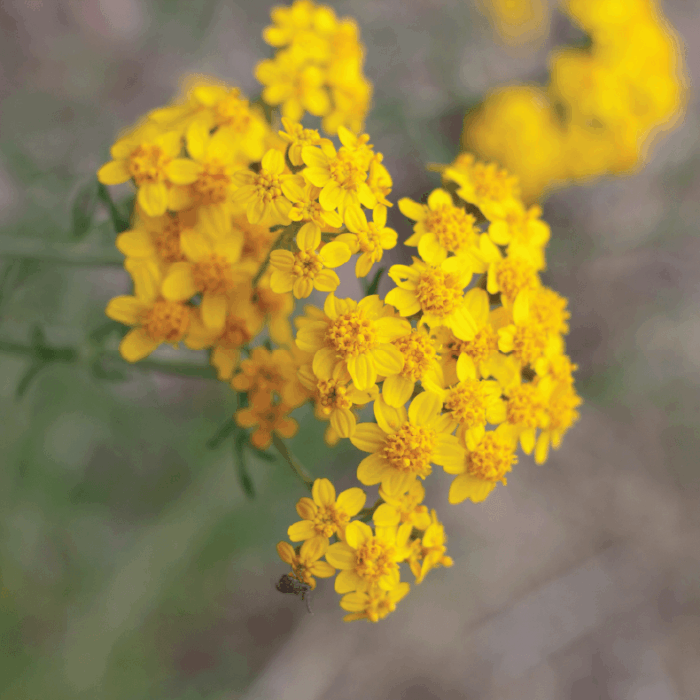

Golden Yarrow
(4.7) - 145 reviews
$183.96/lb
Dry borders, rock gardens, slopes, butterfly gardens, roadside plantings
Southern USDA Regions (8-10), Transitional USDA Regions (6-8)


Purple Needlegrass
(4.7) - 145 reviews
$67.96/lb
Grassland restoration, erosion control, wildlife habitat, low-water landscaping
Southern USDA Regions (8-10), Transitional USDA Regions (6-8)

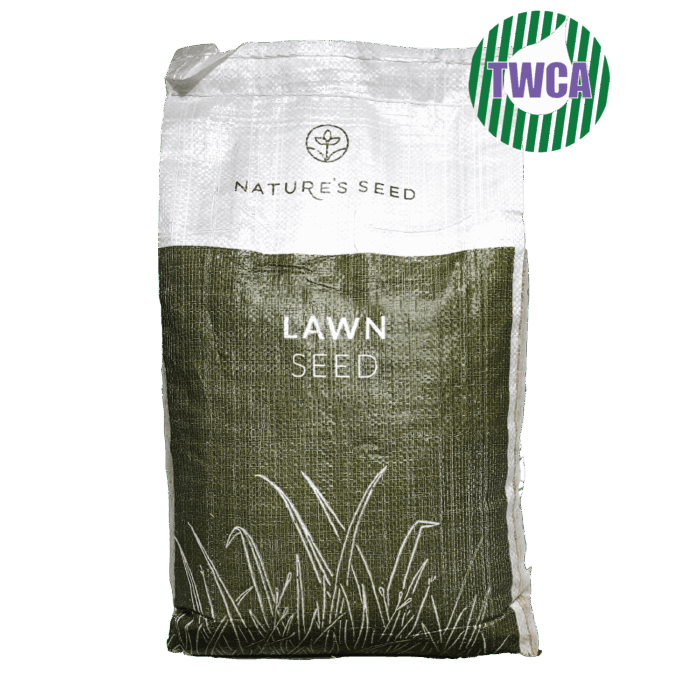
TWCA Water-Wise Shade Mix
(4.7) - 145 reviews
$39.99
5 Lbs - 1,000 Sq FtHome Lawns; Water-Conscious / Drought-Tolerant; Shade-Friendly
Northern USDA Regions (3-5), Transitional USDA Regions (6-8)
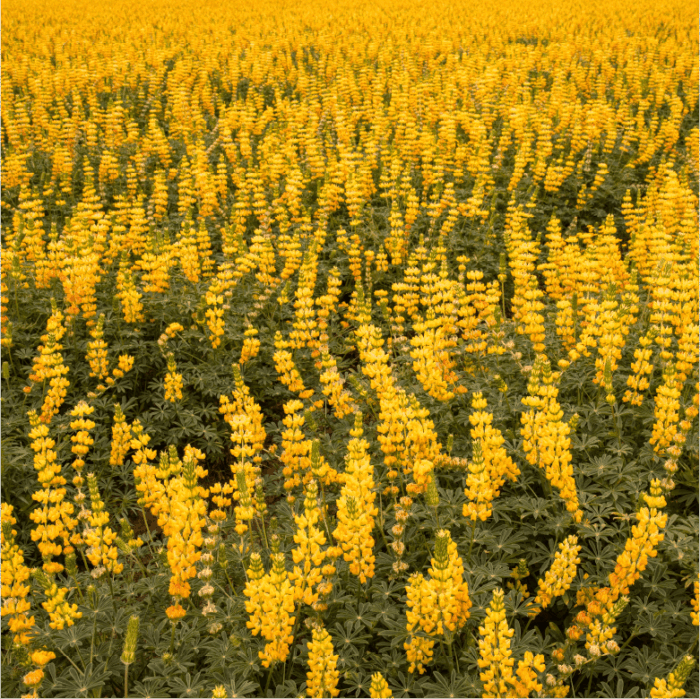

Yellow Lupine
(4.7) - 145 reviews
$100.00/lb
Wildflower meadows, soil improvement (green manure), erosion control, pollinator gardens
Southern USDA Regions (8-10), Transitional USDA Regions (6-8)
